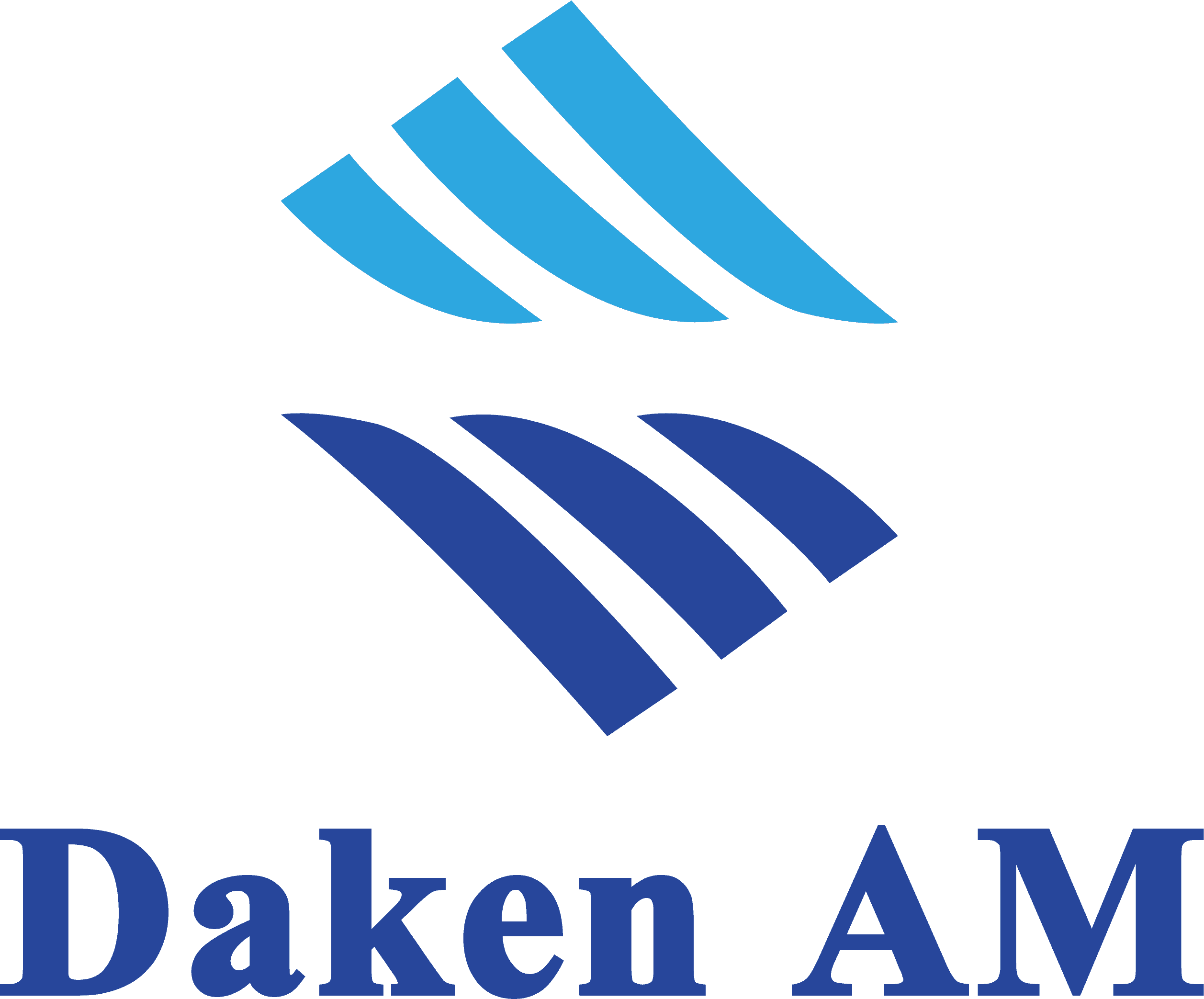| Shanghai Daken Advanced Materials Co.,Ltd | |
|---|---|
| Country: | China |
| Tel: | +8637166670886 |
| E-mail: | info@dakenam.com |
| QQ: | 1690700875 |
| Skype: | Chat Now! |
Bis Silane Tips for Maximizing Bonding Efficiency
Release time: 2024-11-18
Bis Silane leads dental bonding with unmatched efficiency. Modern dentistry relies on this silane coupling agent to improve surface adherence, especially in silane dental applications. With Ultradent Silane as a notable variety, specialists wonder about its usefulness and longevity. To achieve optimal results, you must understand how Bis Silane promotes bonding, its components, and porcelain compatibility. In this entry, Dakenchem discover how Bis Silane's tremendous capabilities can improve your bonding procedures.
Understanding Bis-Silane
Bis silane is necessary in dentistry for bonding different materials. As a silane coupling agent, it bridges inorganic and organic surfaces to improve adhesion. Bis silane is necessary in dental operations that require strong bonding. It improves dental material adhesion to natural or synthetic tooth surfaces.
Bis silane is valued for its bonding properties in silane dental applications. The ultradent silane composition optimizes bonding for efficient and durable results. Bis silane strengthens dental restorations by enhancing surface contact. Dental practitioners seeking effective bonding solutions choose it because it improves performance and patient happiness.
Parts and Composition
A novel chemical combination makes bis silane a better silane coupling agent. The main components are silanol groups and organic functional groups that interact with polymers and other organic materials. This dual activity is necessary in dental applications, as bis silane must securely bond composites to tooth structures. It is necessary to silane dental operations because the silanol groups adhere to porcelain and the organic groups make it compatible with restorative composites.
Bis silane's capacity to form stable bonds under different settings boosts its efficiency. Specific formulations of ultradent silane maximize these bonding qualities. Bis silane's components are carefully selected to support the adhesive process and endure dental use's mechanical demands. This precise composition keeps bis silane a top choice for dental adhesion.
Function of Silane Coupling Agents
Silane coupling agents bridge organic and inorganic materials. These chemicals chemically link both substrates to provide a robust interface that can tolerate environmental and mechanical stressors. Their role in silane dental practices is to increase the binding between resins and glass-based ceramics or porcelain.
Bis silane is ideal for dental application due to its unique characteristics. It bonds well to many dental materials because it is designed to do so. These coupling agents are optimized for dental applications in ultradent silane. Bis silane can help dentists obtain greater adhesion for successful and long-lasting treatments and restorations.
Bis Silane Improves Bonding
Bis silane, a powerful silane coupling agent, improves bonding between different materials. It strengthens organic-inorganic surfaces like resin composites and ceramics in dentistry. Bis silane has two functional groups: silanol groups connect with inorganic materials and organic functional groups bind with polymers. This dual mechanism integrates materials seamlessly.
Bis silane improves adhesion by forming covalent connections at the contact. These mechanisms are enhanced in ultradent silane to optimize the adhesive process, ensuring dental materials maintain their integrity over time. Bis silane improves molecular chemical interactions to guarantee dental applications meet or exceed adhesion and lifespan criteria.
Use and Compatibility
Bis silane is commonly used in dentistry since it works with many porcelain varieties. It is a silane coupling agent designed to improve ceramic surface adhesion. Bis silane strengthens bonds with feldspathic or lithium disilicate porcelain. Its versatility makes it necessary in silane dental treatments, where bonding is necessary.
To get the best results using bis silane and dental materials, follow these tips. To optimize bonding, clean and etch the porcelain surface before applying. After surface preparation, Ultradent Silane or a comparable formulation can improve adherence. By following these instructions, dental professionals can use bis silane's ability to create strong, long-lasting bonds across dental materials.
Durability and longevity
Bis silane excels in dental applications due to its endurance. Bis silane lasts for years, extending dental restorations' lifespan. As a silane coupling agent, it forms strong covalent connections that resist oral mechanical and chemical stressors. In silane dental applications, strong bonding keeps dental prosthesis and restorations securely linked.
The lifespan of bis silane applications depends on surface preparation and formulation, such as ultradent silane. For optimal adherence, clean and etch the surface. Bis silane performance can also be affected by environmental factors and dental materials. Dental professionals can use bis silane for the longest-lasting and most reliable operations by recognizing these characteristics.
Specific Variants
Ultradent Silane is a silane coupling agent developed to improve dental adhesion. This variation is designed to connect better with a variety of dental materials. The silane dental solution Ultradent Silane creates sturdy interfaces between resin and ceramic surfaces.
Bis silane and Ultradent Silane differ in various ways, highlighting their unique qualities. Ultradent Silane is custom-formulated for dental uses, unlike bis silane. This tailored specialization improves adhesion and endurance in harsh settings. Both products are silane coupling agents, however Ultradent Silane's additional characteristics meet dental offices' specific needs.
Optimizing Efficiency: Practical Tips
Clean and etch the porcelain surface to increase bis silane bonding. Bis silane forms strong covalent connections as a silane coupling agent when applied evenly. Using specialist variations like Ultradent Silane requires following the manufacturer's mixing ratio and application time guidelines. This maximizes dental material integration. A clean environment improves bonding and prevents adhesion issues.
Keep bis silane cool, dry, and out of direct sunlight to preserve its chemical characteristics. Use sealed containers to avoid moisture absorption and performance issues. Regularly check expiration dates for silane dental efficacy. Utilise older stock first and ensure application uniformity. Dental professionals can produce excellent results and durable dental restorations by following these rules.
Edited by :Daken Chem
Email :info@dakenchem.com

